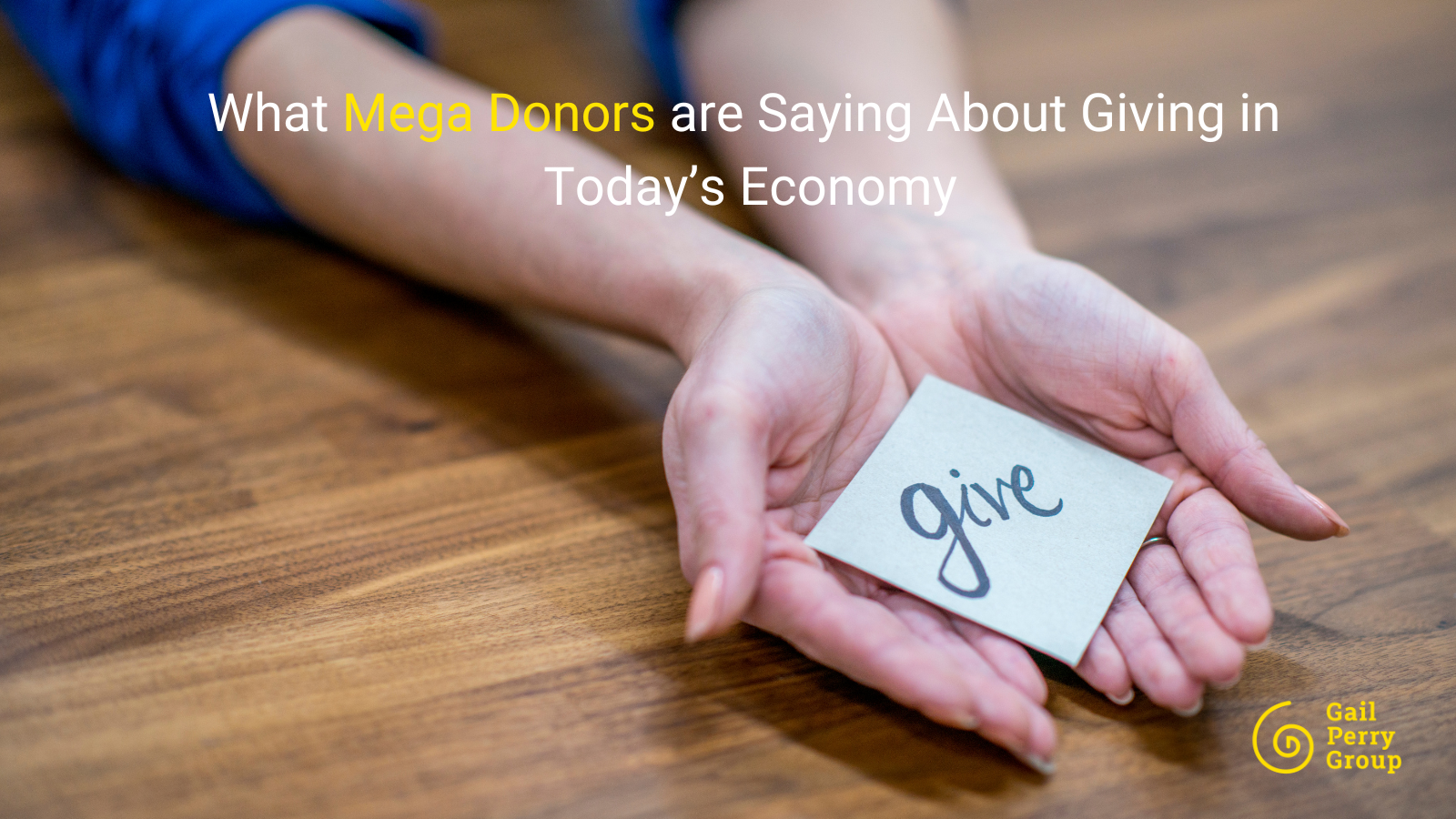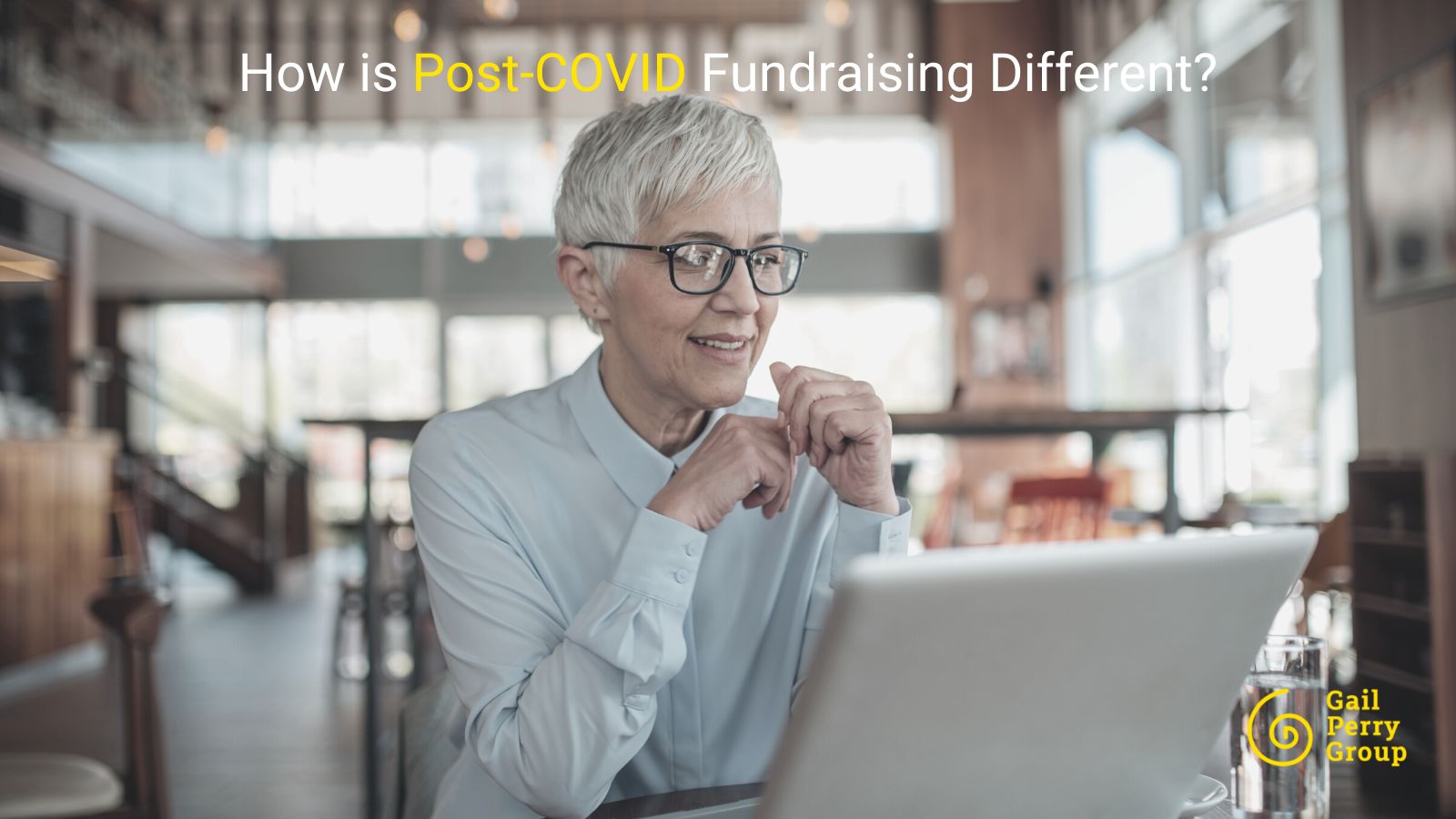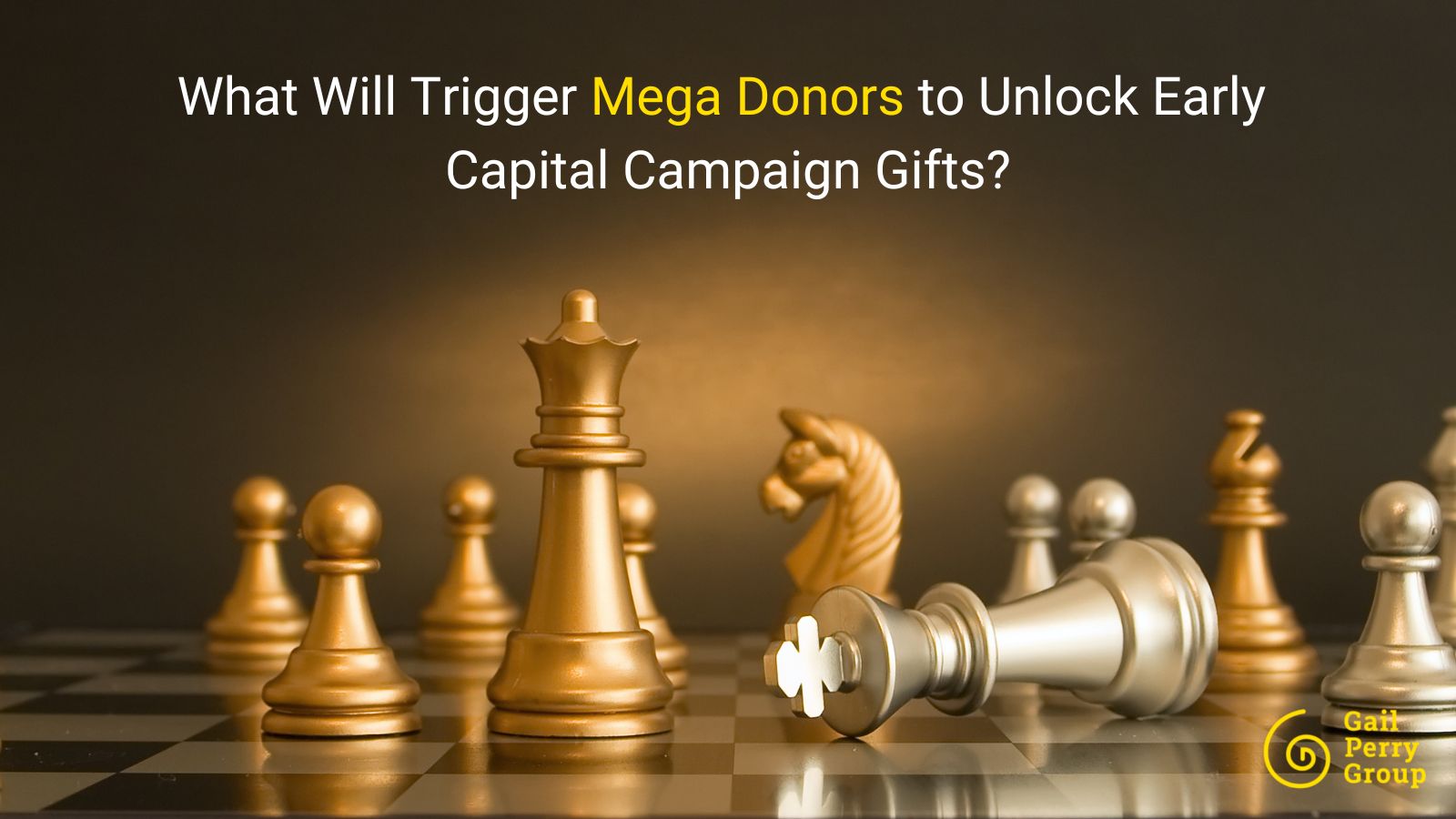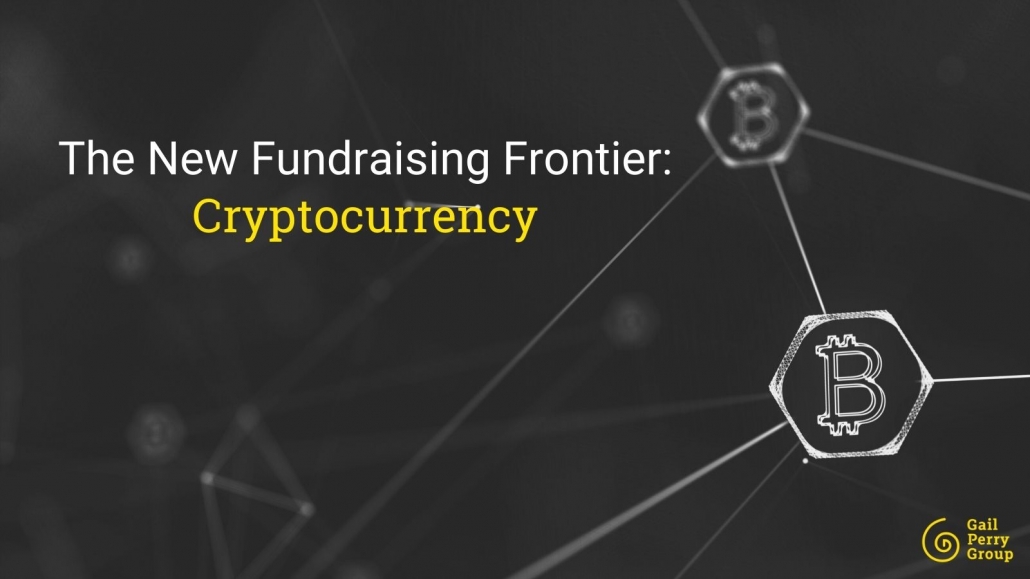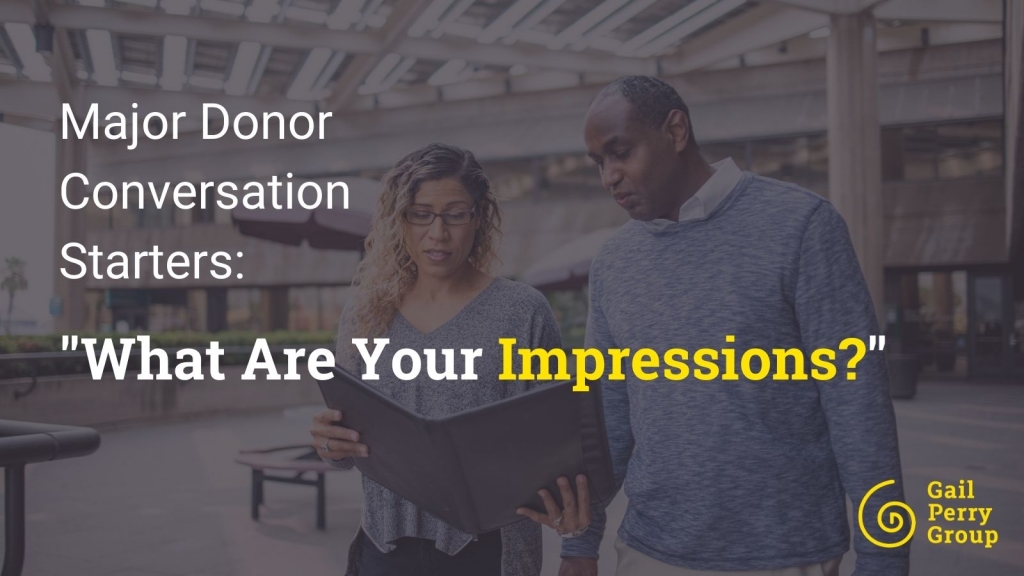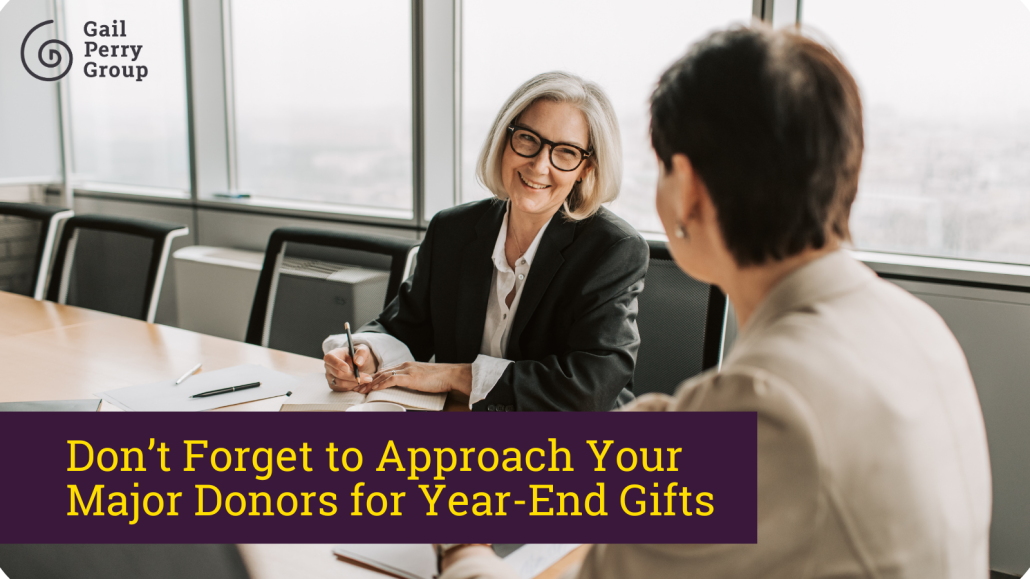
Year-end is the most productive time of the year for fundraising. So let’s take advantage of the generosity this season and make sure you bring in the year-end gifts to meet your fundraising goal.
Some fundraisers shy away from their donors in December. On the contrary, we think you need to be visible. It’s important to ask them if they’d like to consider a leadership annual gift.
This one activity could make the largest difference in your year-end fundraising results.
Here are two terrific reasons to invite your major donors to make an annual gift – at any time of the year.
1. Participating in the annual campaign will create an even deeper connection with your organization.
Recognizing them as leadership annual donors sets up these lovely people to be THE philanthropic leaders in your stakeholder community.
Now you have more access to them: you are able to honor them as the true VIP’s that they are. Even more, you can use the annual gift opportunity to engage them and bring them even closer to your organization.
So the year-end annual gift is important. It becomes yet another step in their cultivation and engagement – leading to a much, much larger major or campaign gift.
Their ongoing participation promotes “buy-in” on their part. Even though they might help with a campaign gift later, they can enjoy their relationship with you right now.
Above all, you want to make their annual gift an “Occasion of Joy and Celebration” on BOTH your part and your donors. You have the chance to make your donor feel joyful about their gift and their overall relationship with your cause.
Don’t miss this special opportunity!
2. These year-end gifts are super easy to close.
Why are these the easy gifts? It’s because these donors are pre-sold. You won’t need to educate them, or spend a lot of time developing a close relationship, because it already exists.
Above all, at year-end, focusing here is the most productive place for you to put your energy. Especially if you evaluate the return on your investment of time.
And if you consider the annual gifts that all your major donors might consider, it adds up. We bet it could be a substantial part of your year-end fundraising goal.
All fundraisers know that it is the higher dollar donors who make the most difference in our totals. Wouldn’t it be wonderful to zoom over your year-end goal with some easy, large gifts? :)
It’s not too late to make it happen.
Here’s our simple call to action:
- Identify your top 10-15 major gift donors who have not yet made a gift this year – and connect with them.
- Find out what is on their minds and invite them to support your organization this year with an annual gift.
- Spending your time with these funding sources is clearly the absolute best place for you to be in late December. So connect with these wonderful donors who already believe in you and have supported you in the past.
- Spend your time where the pockets are the deepest, if you want to raise the money you need.
Bottom line on year-end gifts:
If you don’t do anything else in your year-end campaign, you must do this. Visit with your major donors and invite them to invest in your cause.
Looking for more support on equipping your team to close record-breaking major gifts? The 2024 Major Gift Intensive is open for enrollment – click here to learn more or book a discovery call.
